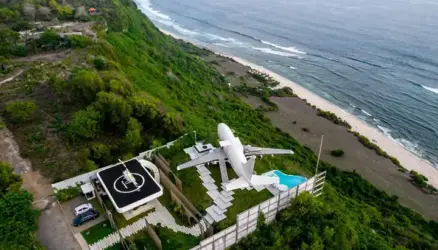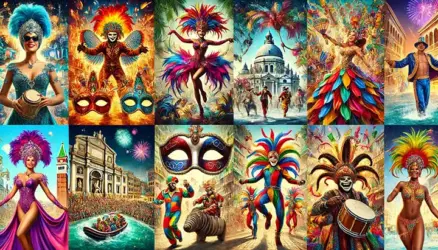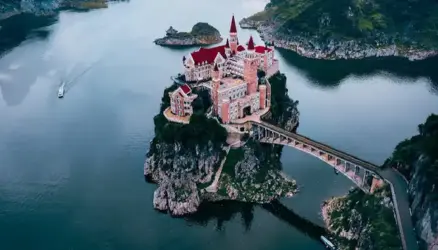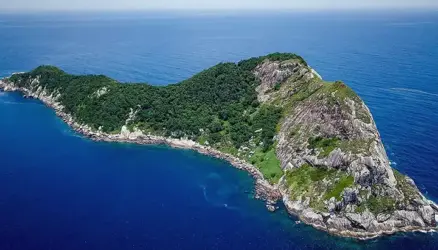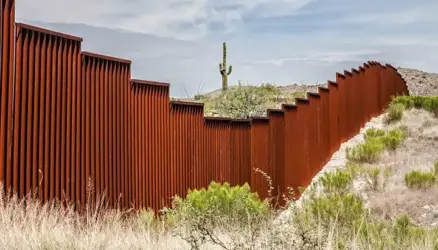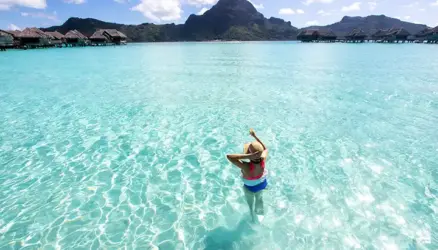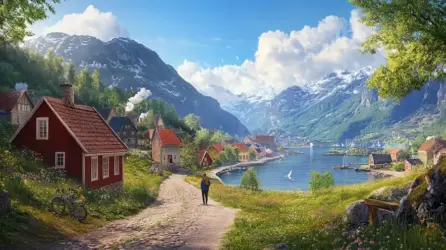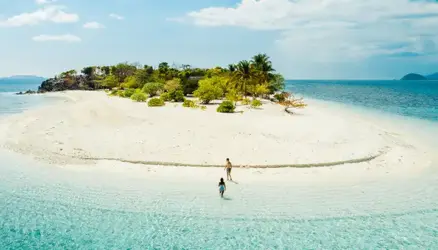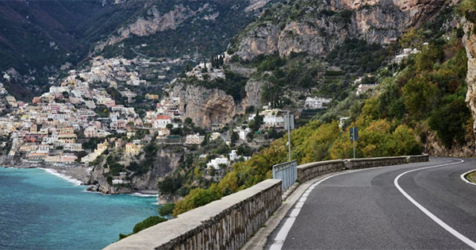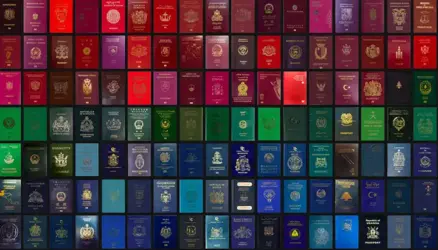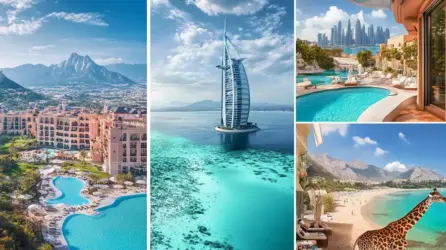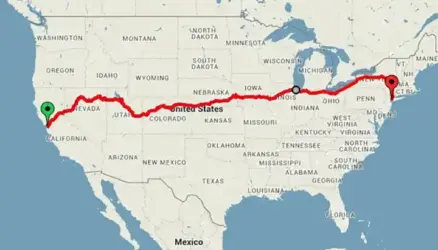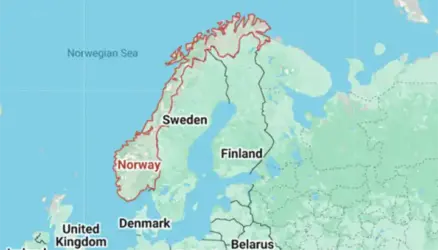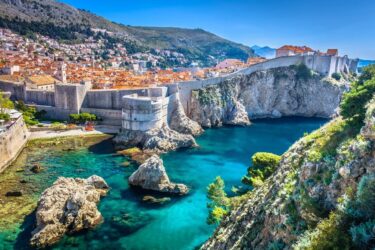Mysteries of the Moai: Exploring the Iconic Statues of Easter Island
Easter Island, a remote volcanic island in the southeastern Pacific Ocean, is famed for its enigmatic Moai statues. These monolithic sculptures have captivated the imagination of travelers and historians alike, making Easter Island one of the most intriguing places to visit in the world. Belonging to Chile, this UNESCO World Heritage site offers a profound glimpse into the island’s complex history and the remarkable ingenuity of its early inhabitants.
Unveiling the Secrets of the Moai Statues
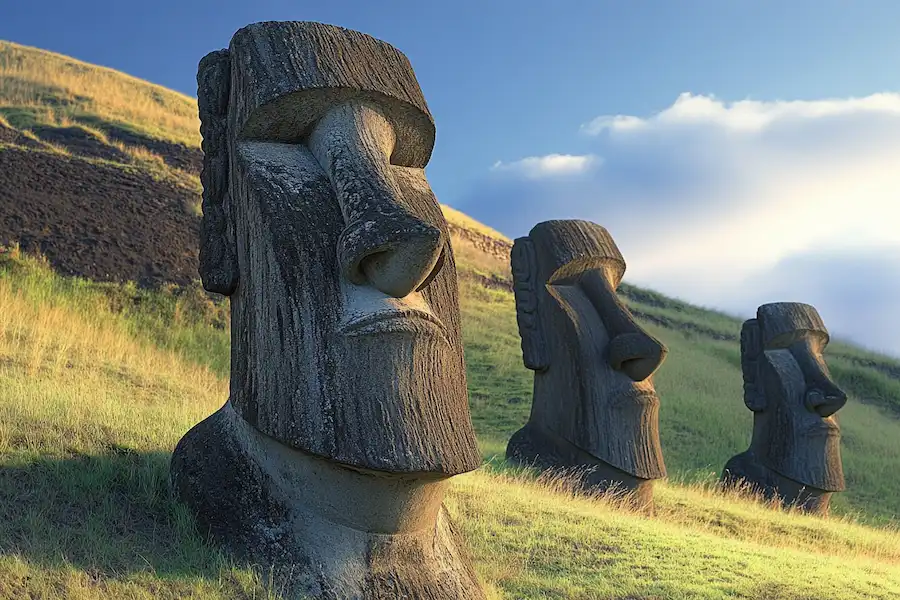
Historical and Cultural Significance
The Moai are massive stone figures carved by the Rapa Nui people between the 13th and 16th centuries. Standing up to 10 meters tall and weighing over 80 tons, these statues are believed to represent the ancestors of the Rapa Nui, serving as symbols of authority and spiritual power. Each Moai was strategically placed on ceremonial platforms called ahu, which are scattered throughout the island.
Artistry and Construction
The construction and transportation of the Moai remain one of the great mysteries of archaeology. The statues were carved from volcanic tuff found in the Rano Raraku quarry, where partially completed figures still lie today. Theories on how they were moved involve the use of wooden sleds and ropes, highlighting the advanced engineering skills of the Rapa Nui people.
Visiting Easter Island
Exploring the Island
A trip to Easter Island offers more than just the Moai. The island’s rugged coastline, volcanic craters, and rolling grasslands provide a stunning backdrop for hiking and exploration. Visitors can trek to the top of Terevaka, the island’s highest point, for panoramic views or explore the Orongo ceremonial village, where the famous Birdman competition took place.
Cultural Experiences
The Rapa Nui culture is alive and vibrant, with local festivals and dance performances providing insight into the island’s traditions. The Tapati Rapa Nui festival, held annually in February, is a particularly vibrant celebration of local arts, sports, and cultural heritage.
Sustainable Tourism and Conservation
Protecting the Legacy
Given its isolated location and unique ecological makeup, conservation efforts are critical in Easter Island. Sustainable tourism practices are encouraged to ensure that the island’s archaeological and natural resources are preserved for future generations. This includes regulating the number of visitors to the island and promoting local involvement in tourism activities.
Travel Tips
Flights to Easter Island are available from Santiago, Chile, typically taking about five hours. Given the island’s remote location, planning a trip well in advance is advisable. Accommodations range from guesthouses to eco-friendly hotels, providing options for various tastes and budgets.
Extend Your Adventure in Chile
After delving into the mysteries of Easter Island, consider exploring more of Chile’s natural and urban landscapes. Discover the surreal beauty of the Marble Caves of Patagonia, or experience the vibrant culture and architecture of Chile’s cities in Chile’s Stunning Urban Escapes.

A Journey to the Navel of the World
Easter Island, or Rapa Nui, as it is known locally, remains one of the most fascinating destinations on the planet. Its isolation, combined with the mysterious allure of the Moai and the rich cultural tapestry of the Rapa Nui people, offers an unforgettable adventure that resonates with the spirit of exploration and discovery.

